Table of Contents
Introduction
So, you’ve fallen in love with this dreamy purple gemstone called amethyst. Honestly, who hasn’t? With its rich violet hues, calming vibes, and a history that goes all the way back to ancient royalty,
But not all amethysts are the same. Whether you’re eyeing a ring, a pendant, or a sparkling geode, there’s more to picking the right one than just looks. You’ll want to know what makes a piece valuable, how to tell if it’s real, and what to watch out for before you buy.
In this guide, we’ll walk you through everything – from 4Cs to grading, and how to spot fake ones. Whether you're a first-time buyer, or a crystal lover, it will help you shop with confidence.
Understanding the 4Cs of Amethyst – Cut, Color, Clarity, and Carat
Picking the perfect amethyst gemstone is not just about going for the prettiest purple one on display. You’ve got to look a little deeper and understand what actually makes one amethyst more valuable or desirable than another.
That’s where the 4 Cs come in – color, clarity, cut, and carat. These four factors are the foundation of gemstone grading, and together, they tell you almost everything you need to know about the stone’s quality.
Let’s break them down, starting with the most eye-catching one:
1. Color
When it comes to amethyst, color is king. Sure, we all know amethyst is purple, but there’s a wide spectrum within that one color. A stone that’s just “purple” doesn’t automatically make it high-quality.
Gemologists actually look at three things when judging color:
- Hue – what kind of purple (does it lean towards red or blue)
- Tone – how light or dark is it
- Saturation – how intense is the color
The most sought-after amethysts have a rich, deep purple hue with flashes of red and blue. The color is evenly spread across the stone with no blotchy patches or faded areas.
The gold standard (or should we say purple standard) when it comes to color is the Siberian amethyst. These rare gems are known for their deep purple color with just the right hint of red and blue, making them look incredibly vibrant and luxurious.
They come from Siberia (as the name suggests), and because of their intense beauty, they’re among the most valuable types of amethyst you can buy.
Read how a geologist’s view of Amethyst differs from that of a gemologist — and why it matters for buyers and collectors.

Other images on Amethyst’s Color

Any brown or bronze colored zones tend to lower the prices of amethyst (something shockingly). Which is why, when buying loose amethyst stones, buyers look for these discoloration by placing the stone upside down on white background.


What to look for:
- If the stone looks too light or washed out, it may still be pretty, but it won’t be top-quality.
- On the flip side, if it’s so dark it almost looks black in some lighting, it might be too saturated, which can actually lower its value.
Buyer Tip: If you're buying online, always ask for high-quality photos or videos in natural light. Lighting can dramatically affect how the color appears.
2. Clarity
Clarity is all about how clean or flawless an amethyst appears when you look closely (or even better, when you don’t see anything at all!).
Like most gemstones, amethyst can have tiny imperfections called inclusions. These are natural features formed as the stone develops deep underground. While a few inclusions are totally normal, the fewer you see, the higher the quality.
In gem-speak, we often use the term “eye-clean.” That means the stone looks clean and clear to the naked eye without any tiny marks or particles visible unless you’re using magnification. A truly eye-clean amethyst is considered excellent in clarity.


Here are some common inclusions you might spot in amethysts:
| Inclusions | Appearance description |
| Feathers | These look like wispy, feather-like lines, hence the name. They’re sometimes called fingerprints because of their pattern. |
| Crystal Inclusions | Amethyst is part of the quartz family, which tends to grow around other crystals. Sometimes, you’ll spot little mineral crystals trapped inside. |
| Needles | Think of fine, silky threads inside the stone –these are long, hair-like inclusions. |
| Pinpoints | Tiny, dot-like inclusions. These are harder to spot and are actually more common in synthetic amethysts than natural ones. |
| Natural Pits | Occasionally, you’ll see a small pit or dent on the surface. This forms naturally, and some cutters choose to keep it if removing it would affect the stone’s shape or design. |
| Cavities | These are little hollow areas within the gem. They can occur naturally or form when other inclusions fall out during cutting or polishing. |

What to look for:
- Common inclusions might look like tiny feathers, bubbles, or wisps. A few aren’t a deal-breaker, but too many will reduce the sparkle and value.
- Visible cracks or cloudiness are a no-go, unless you’re buying it purely for spiritual or decorative purposes.
Buyer Tip: Inclusions near the edges are less of a concern than those smack in the center of the stone. Ask sellers about clarity grading (if they provide one) or request a loupe photo if you’re investing in a higher-priced piece.
3. Cut
The cut of an amethyst doesn’t just shape the stone; it brings it to life. A well-cut amethyst reflects light beautifully, enhancing that regal purple glow and making the stone look richer, brighter, and more luxurious.
Amethyst scores a 7 on the Mohs scale of hardness, which means it’s durable enough to be carved into a variety of shapes without easily chipping or scratching. Thanks to this strength, amethysts are super versatile and can be cut into everything from classic rounds and ovals to more unique shapes like emerald, cushion, pear, or even heart cuts.
While choosing a cut, think about how you'll wear the jewelry. For example:
- Round or oval cuts maximize sparkle for rings.
- Emerald or cushion cuts highlight depth and clarity for statement pieces.
- Pear or heart shapes for love-focused jewelry.

What to look for:
- Poorly cut stones can look dull or lifeless, even if they have good color.
- Custom or designer cuts can look amazing, but make sure they’re still symmetrical and allow the light to bounce well within the stone.
Buyer Tip: If you're buying jewelry, especially rings, go for cuts that highlight the depth of color like oval, cushion, and emerald cuts. Also, check that the facets are even and not chipped (which can happen with lower-quality cutting).
On that note, while you are learning about the different cuts, you may wanna also check out our Amethyst Pairing guide that’ll not only help you pick the right gemstone for your amethyst to dazzle with but also the right metals to suit your skin tone.
4. Carat
Amethysts come in a wide range of sizes, but you’ll most commonly find them in the 8 to 12 carat range. This size is super popular because it’s big enough to make a statement, yet still easy to wear and style in everyday jewelry like rings, pendants, or earrings.
However, the bigger the stone, the rarer it gets. So, if you're eyeing a large, flawless amethyst (especially with that deep royal purple color), just know the price is likely to climb. Large amethysts not only weigh more but are harder to find in high quality, which makes them more valuable.

Don’t assume that heavier always means better. A smaller amethyst with rich color and excellent clarity can often look more striking than a larger one that’s pale or heavily included. We’d recommend choosing a carat size that complements your style and lets the other Cs shine.
What to look for:
- The price jumps mostly when size is paired with exceptional color and clarity. A huge stone with poor color or visible flaws won’t be as desirable as a smaller, vibrant one.
- Be mindful of how the stone is set. Oversized amethysts can be heavy in jewelry like earrings or rings and might not be practical for everyday wear.
Buyer Tip: Don’t get too hung up on carat weight unless you’re buying a collector’s piece. For most buyers, a well-balanced stone in the 1–5 carat range (with great color and clarity) will offer the best mix of beauty and wearability.
Grading Amethyst: What Those Letters Really Mean
Unlike diamonds, amethyst doesn’t have a strict, universally recognized grading system. So when you see terms like “AAA” or “AA” on a tag, remember, it’s not official, but it’s still useful.
These letter grades are commonly used in the industry to give buyers a quick sense of the stone’s overall quality, mostly based on its color, clarity, and cut. Here’s a breakdown of what they generally mean:

AAA (Top-tier)
This is the best of the best. Expect a deep, rich, velvety purple with flashes of red or blue under light. These stones are usually eye-clean with no visible inclusions, and the cut is sharp and symmetrical.
AA (Very Good)
A lovely stone with a strong purple color, but maybe just a hint lighter than AAA. It may have one or two minor inclusions, but nothing you’d notice unless you’re really looking. Still high quality and perfect for fine jewelry.
A (Good)
These stones are noticeably lighter in color, possibly more lilac or lavender than deep purple. They may also have visible inclusions. Great if you want a natural gemstone look without the premium price.
B or Commercial Grade
These amethysts tend to be very pale or uneven in color, with obvious inclusions or flaws. They’re often used in fashion jewelry or as accent stones where quality isn't the main focus.
Buyer Tip: Don’t Just Trust the Grade; Ask Questions
Since grading isn’t standardized, always ask your seller:
- How did you determine this grade?
- Is it based on a gem lab evaluation or in-house assessment?
Some sellers may have their own criteria, so it's helpful to get a sense of how they’re defining “AAA” or “AA.” If you're shopping online, look for clear photos under good lighting and request videos if possible.
Smart Move: If you’re ever unsure, compare a few stones side by side. Often, seeing them next to each other can reveal big differences in color and clarity that grading letters alone won’t tell you.
Real vs. Fake Amethyst: How to Spot the Difference
Amethyst is popular, which also makes it one of the most commonly faked gemstones out there. From dyed glass to synthetic quartz, the market is flooded with imitations that look the part but lack the natural charm and value of a real gem.
So how do you make sure you're getting the real deal? Let’s decode!
Signs of a Real Amethyst (What You Want to See)
- Natural Color Zoning: Real amethyst isn’t just one flat color. Look closely, and you’ll see slight variations in purple tones, like a little darker here, a little lighter there. These subtle shifts are called “color zoning” and are completely normal in natural stones.
- Cool to the Touch: Try holding the stone against your cheek or the back of your hand. Real amethyst, like all quartz, tends to stay cool, even in warm environments. Glass fakes, on the other hand, will warm up quickly with your body heat.
- No Bubbles Inside: See tiny bubbles floating inside the stone? That’s a big red flag. Air bubbles are equal to glass, and natural amethyst does not have them.
- Some Inclusions Are Okay: Don’t be alarmed by a few tiny inclusions (like feather-like lines or wispy threads). Perfection in nature is rare. Thus, if it looks flawless and too perfect to be true, it probably is.
- Hardness Test: Amethyst scores a 7 on the Mohs hardness scale, so it’s pretty durable. It shouldn’t scratch easily, especially not from everyday items like keys or coins.
Signs of a Fake Amethyst (What to Watch Out For)
- Unrealistic Perfection at a Suspiciously Low Price: If it’s dirt cheap and claims to be flawless with intense, uniform color, be skeptical. Natural AAA-grade amethyst isn’t supposed to be bargain-bin cheap.
- Visible Bubbles: Again, bubbles are a dead giveaway. Glass stones often contain these small, round air pockets, whereas real amethyst doesn’t.
- Overly Bright or Neon Purple: While amethyst is loved for its purple hue, if it looks too vibrant, almost like it's glowing or dyed, chances are it’s either lab-created or artificially enhanced.
- Duplicate Listings Online: If you’re shopping online and see the same stone in multiple shops or listings with slightly different descriptions, watch out for scams. Fake sellers often use stock photos of real stones.
Buyer Tips to Stay Safe
- Ask for gem lab certification, as it can verify whether the stone is natural or synthetic.
- Whether online or in-store, choose sellers who are open about how they source and grade their stones.
- Don’t be afraid to ask detailed questions, as ethical sellers welcome educated buyers.
Discover the journey of heat-treated Amethyst and what it means for buyers.
Amethyst Types and Prices
| Category | Type | Key Features | Price Per Carat |
| By Origin | Siberian (Russia) | Rich, saturated purple with flashes of red or blue; rare and highly prized | $20 - $100 |
| Uruguayan | Deep purple with bluish undertones; excellent clarity | $30 - $80 | |
| Brazilian | A wide range from pale lavender to vibrant purple, the most common source | $10 - $40 | |
| Zambian | Strong purple with bluish hues; great transparency and quality | $20 - $50 | |
| By Appearance | Rose de France | Light lilac color; delicate and feminine look | $3 - $30 |
| Chevron Amethyst | Distinct white and purple banding; used more for metaphysical purposes | $5 - $50 | |
| Raw/Cabochon Stones | Uncut or polished without facets; often used for energy work or casual jewelry | $4 - $6 | |
| By Quality | AAA | Vivid purple, eye-clean, precision-cut, fine jewelry standard | $20 – $50+ |
| AA | Good color and clarity with minor inclusions; everyday jewelry quality | $5 – $15 | |
| A or below | Lighter tone, visible inclusions; best for budget or casual styles | $2 – $5 |
Buyer Tips: What You Should Know Before Purchasing
- Color First: The deeper and more vivid the purple, the higher the value. If it sparkles with flashes of red or blue, that’s a good sign.
- Origin Matters: Stones from Siberia, Zambia, or Uruguay are typically of higher quality. For fashion-forward or budget pieces, Brazilian amethyst offers great variety.
- Check the Grade: Ask if the stone is graded (AAA, AA, etc.). AAA stones are ideal for gifting, heirlooms, or investment pieces.
- Purpose Matters: Buying for crystal healing or daily wear? Chevron or cabochon stones are a beautiful and affordable option.
- Compare Stones Side by Side: Color, clarity, and brilliance become much more obvious when you compare stones in natural light.
Amethyst Certification
An amethyst certification is an official report issued by a gemological lab. It outlines important details about the stone, such as:
- Authenticity – Confirms it’s a natural amethyst (not synthetic or glass).
- Origin (sometimes) – Where it was mined (Siberian, Zambian, etc.).
- Treatment – Whether the stone has been heat-treated to enhance color.
- Color Grade – Describes how rich or light the color is.
- Clarity Grade – Notes any inclusions or imperfections.
- Cut Style – The shape and quality of the cut.


In case the seller doesn’t provide an authentication certificate or report, you may ask for either of these two yourself. We also advise you to study the report visuals properly in order to be able to identify whether the report is indeed an authentic or a faked one.
If you are still in doubt, it’s always safer to check for the report number on the official websites and see if the info matches with their database.
Trusted Gemological Labs
Here are some reputable labs that provide gemstone certifications:
| Gem Lab Name | Known For |
| GIA (Gemological Institute of America) | World-leading authority on gemstones |
| IGI (International Gemological Institute) | Detailed grading reports for colored stones |
| GRS (GemResearch Swisslab) | High-end colored gem evaluations |
| GJEPC / GII (India-based) | Trusted in the Indian gemstone market |
| EGL (European Gemological Lab) | Affordable and widely accepted reports |
Buyer Tip: Ask the seller which lab certified the stone. Labs like GIA or IGI carry the most credibility globally.
When Should You Ask for a Certificate?
- When the price seems high or the seller claims it’s “rare” or “top grade”
- When you're buying an AAA-grade or Siberian/Zambian stone
- If you're planning to custom-make jewelry and want to protect your investment
How to Choose Amethyst: Jewelry, Healing, or Gifting?
Whether you're picking an amethyst to wear every day, meditate with it, or gift to someone special, what you choose really depends on the purpose. Here’s a breakdown to help you buy confidently based on your needs:
For Jewelry Lovers: What Makes a Stunning Amethyst Piece?
If you’re buying amethyst to wear, either daily or for special occasions, focus on durability, color, and cut.
What to look for:
- Clarity & Cut: Go for eye-clean stones with a brilliant cut (oval, cushion, emerald, or pear—depending on your personal style). Faceted cuts sparkle more in rings or earrings.
- Color: Deep, rich purple is the gold standard. Look for AAA or AA grade stones.
- Carat size: 1–5 carats works well for rings and earrings; pendants can handle 5+ carats for extra drama.
- Metal pairing: Amethyst looks gorgeous with silver, white gold, and rose gold. Yellow gold adds a vintage touch, especially with warmer purple tones.
For Healing & Spiritual Use: It’s All About the Energy
Amethyst has been cherished for centuries as a stone of peace, protection, and intuition. For spiritual use, aesthetics takes a back seat. You’ll want to focus more on the raw energy of the stone.
What to look for:
- Natural, untreated stones: Avoid color-enhanced or synthetic options as natural energy matters here.
- Raw or tumbled stones: These retain more of the stone's natural frequency. Choose based on what feels right in your hand.
- Chevron Amethyst: This variety features white quartz banding and is popular in healing circles for aligning chakras and boosting insight.
Uncover the mystical side of Amethyst and its deep roots in spiritual traditions worldwide.
For Gifting: Amethyst That Speaks from the Heart
Amethyst is the birthstone for February and a timeless gift option that’s both meaningful and beautiful. Whether it’s for a birthday, anniversary, or just a thoughtful gesture, you’ll want to balance aesthetics and intention.
What to look for:
- Jewelry: A classic amethyst pendant or ring in a pretty box never fails. Go for AA or AAA grade stones with a beautiful cut and rich purple tone.
- Home décor crystals: A cluster, slice, or polished geode makes a gorgeous decorative gift.
- Healing sets: Pair a small amethyst with sage, palo santo, or a meditation journal for a calming gift bundle.
Occasions:
- Birthdays (especially February)
- Graduations (symbolizes wisdom and clarity)
- Spiritual milestones (great for those into meditation or energy work)
The Amethyst Choice: A Stone That Finds You
Buying an amethyst isn’t just about ticking boxes for color, clarity, or carat. It’s about finding a gemstone that reflects you. Maybe you’re searching for a ring that turns heads, a pendant that channels inner calm, or a gift that says, “you’re rare to me.”
Whatever your reason, amethyst has a way of feeling personal, almost like it chooses you back.
A few final tips before you buy:
- Let your intention guide the choice.
- Don’t settle for “purple,” explore tone, depth, and origin.
- Trust your eye, but also your instinct, as beauty and connection go hand-in-hand.
So, whether you’re buying your first amethyst or your fifth, make it count. Choose clarity, choose quality, but above all, choose meaning. After all, the best gemstones aren’t just admired but felt.
Frequently Asked Questions
Q: What defines a "premium" quality amethyst?
Premium amethyst is characterized by its deep, saturated purple hues, excellent clarity, and a precise cut that enhances its beauty. Ideal specimens often have minimal visible inclusions and may showcase color zoning with intriguing red or blue flashes that add depth to their appearance.
Q: Is darker amethyst always better?
Not necessarily. While a rich purple hue is desirable, overly dark amethyst can sometimes appear muddy or lackluster. The ideal amethyst strikes a perfect balance with a vibrant, medium-to-deep purple that maintains good transparency, ensuring that the stone looks lively and radiant.
Q: How can I tell if an amethyst has been heat-treated?
Heat-treated amethysts may display an unnaturally uniform appearance or lose their natural color zoning. To detect such treatments accurately, a gemologist can utilize techniques like spectroscopy or magnification. It's also important to choose sellers who transparently disclose any treatments the stone has undergone.
Q: Does the origin of amethyst affect its value?
Yes, amethyst sourced from regions like Uruguay, Zambia, and historically Siberia is often valued more highly due to its richer colors and superior quality. However, it's essential to remember that factors like cut and clarity also play significant roles in determining a stone's overall value.
Q: What's the difference between natural and synthetic amethyst?
Synthetic amethyst is lab-grown and shares the same chemical composition as natural amethyst. It often boasts flawless clarity, making it challenging to distinguish from its natural counterpart. To tell them apart, look for unusually perfect clarity or ask for certification to confirm the stone's origin.
Q: What shape is most popular for premium amethyst jewelry?
Oval, cushion, and emerald cuts are particularly popular because they beautifully showcase the stone's depth of color. While round cuts can enhance sparkle, choosing a cut that complements the amethyst's clarity and color for the best overall effect is important.
Visited 182 No. of Time(s), 12 Visit(s) Today
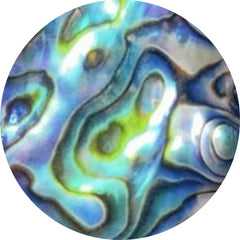
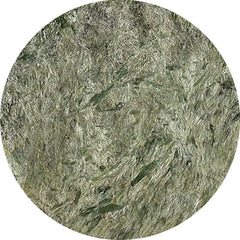
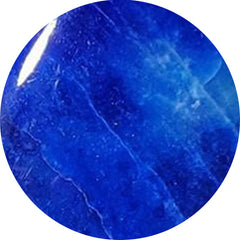
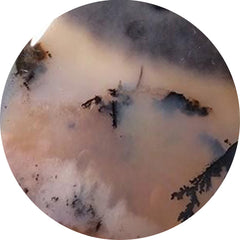
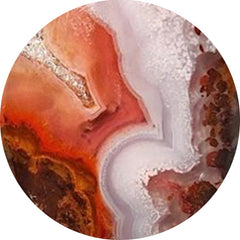

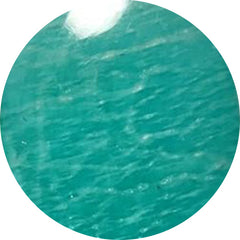

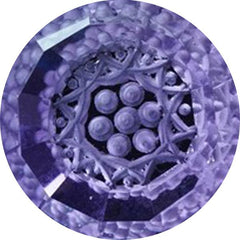
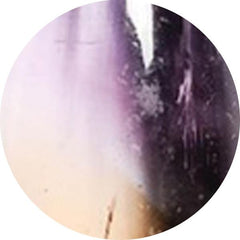
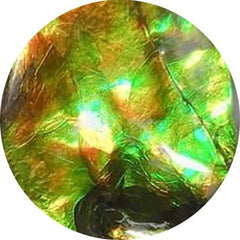
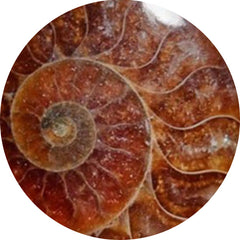
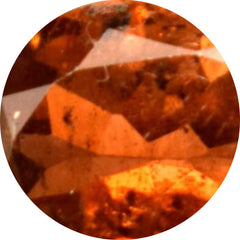
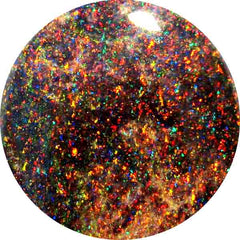
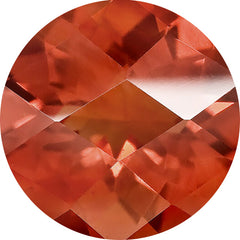
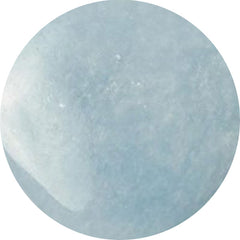
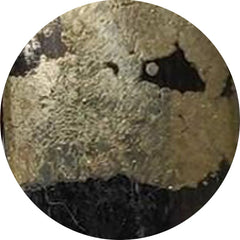
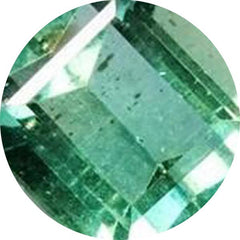
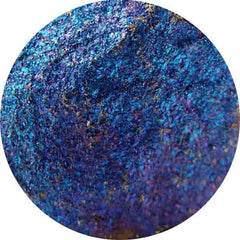
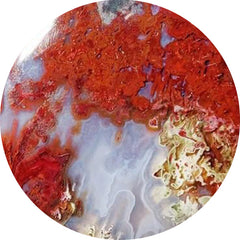
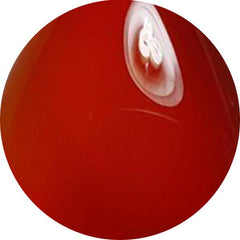
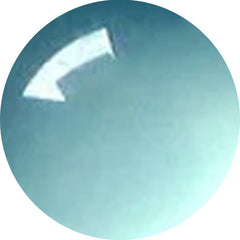
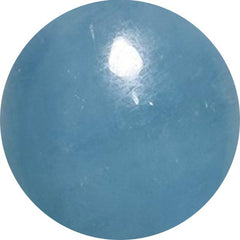
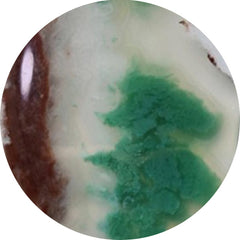
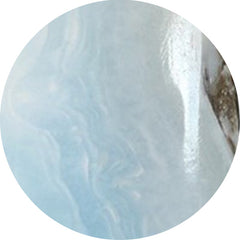

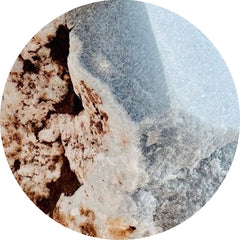
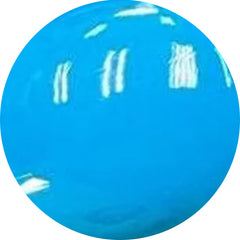
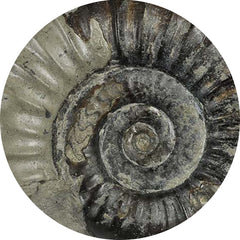
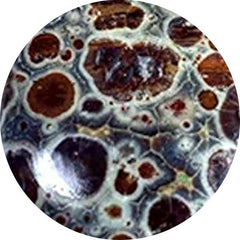
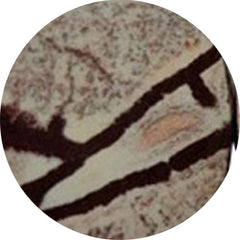
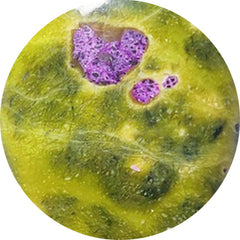
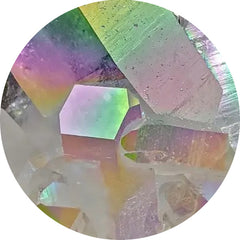
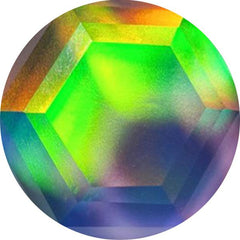
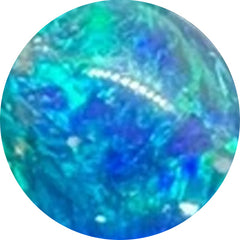
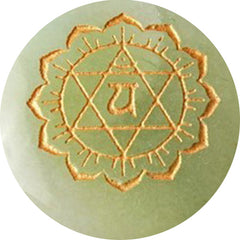
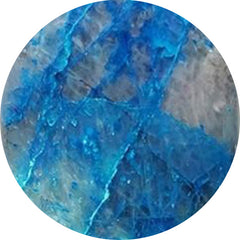
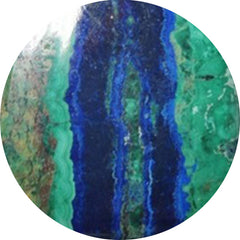
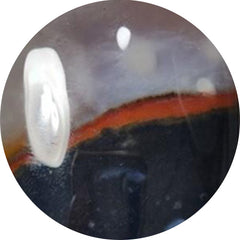
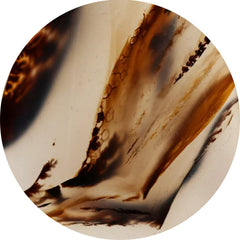
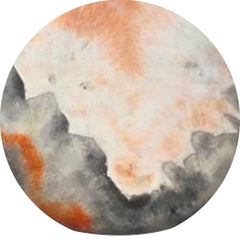
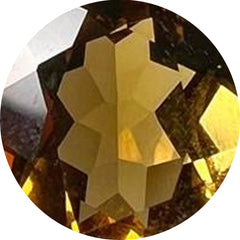
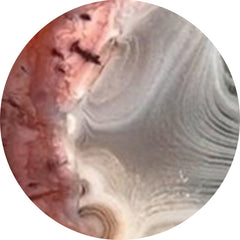
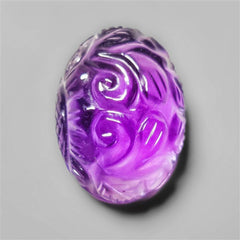
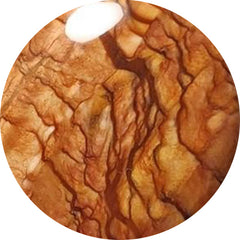
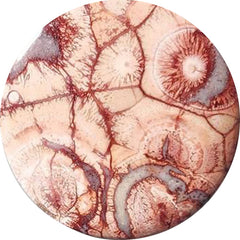



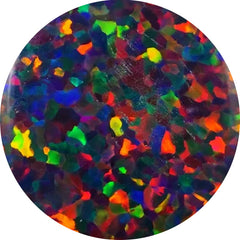
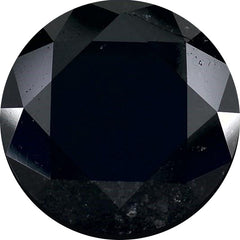
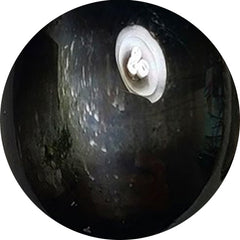


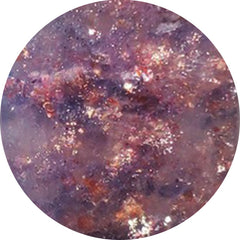
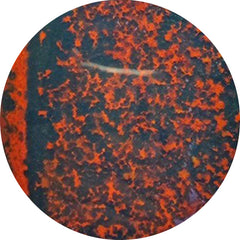

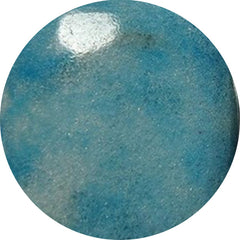
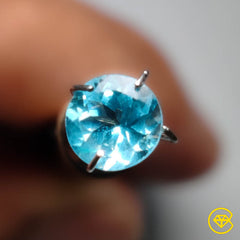
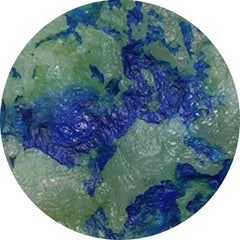
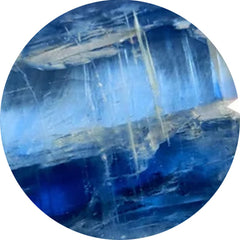
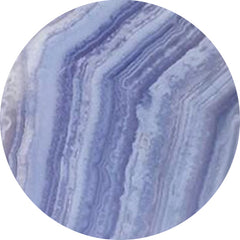
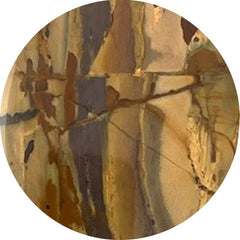
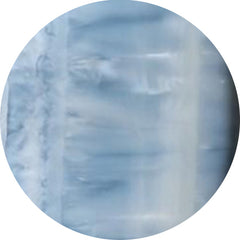
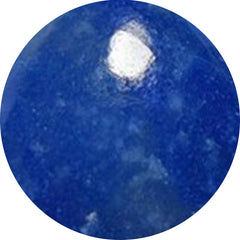
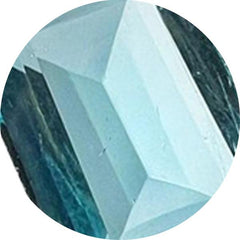
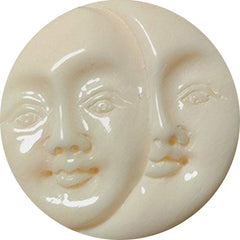


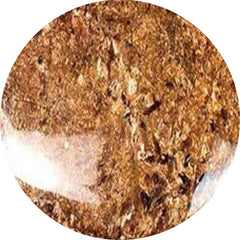
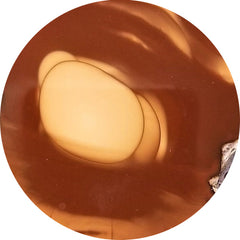
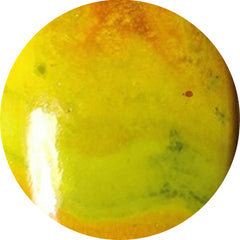

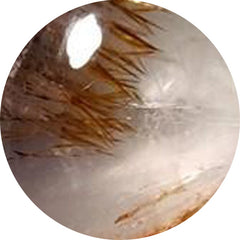
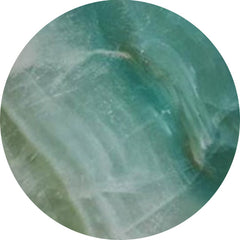
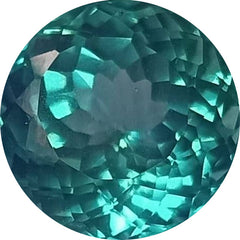

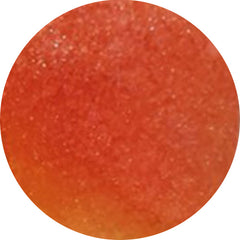
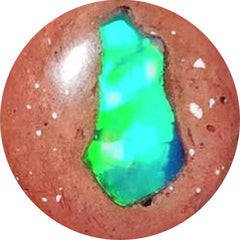
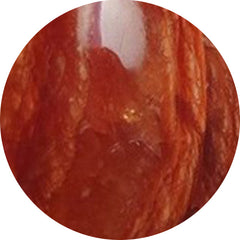
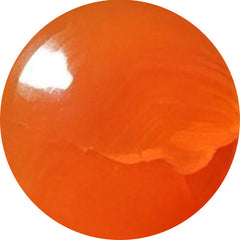
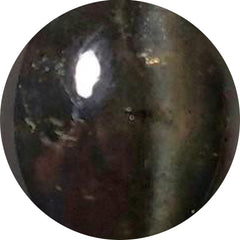
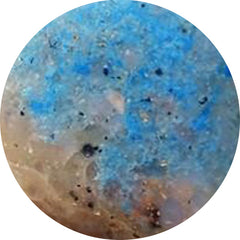
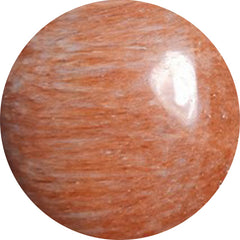
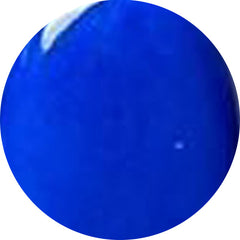
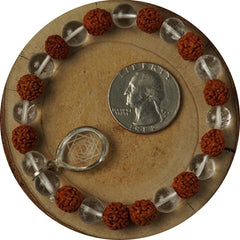
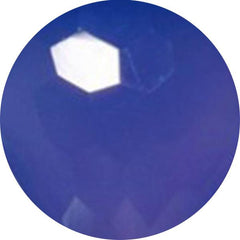

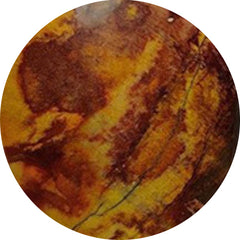
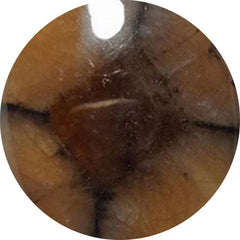
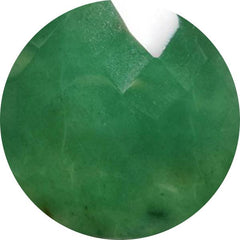
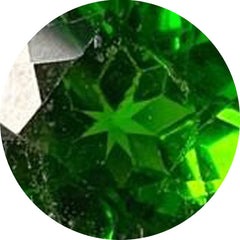
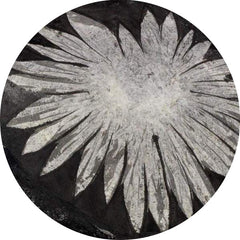
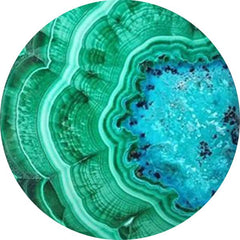

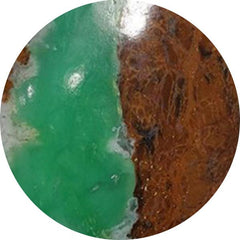
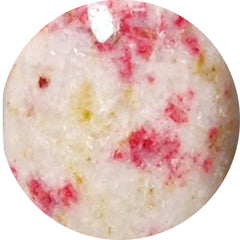
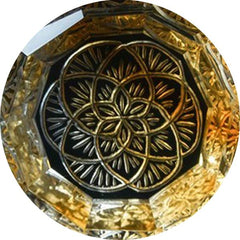
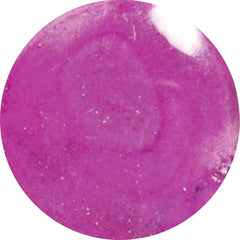
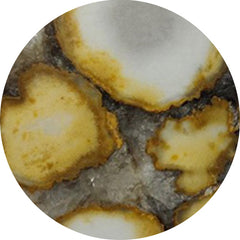
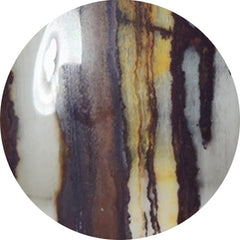
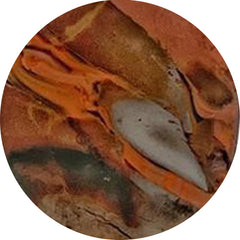
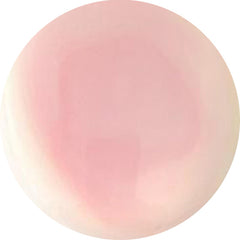
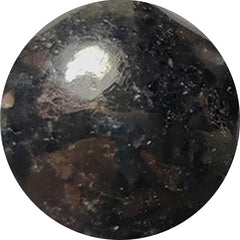
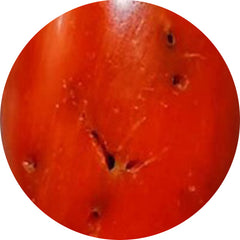
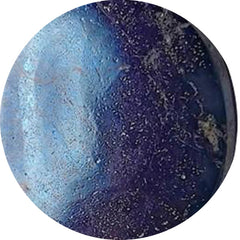
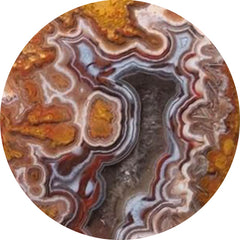
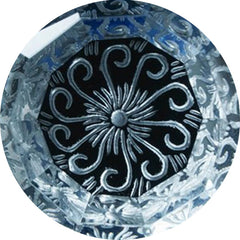


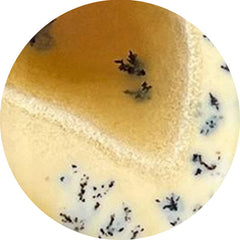
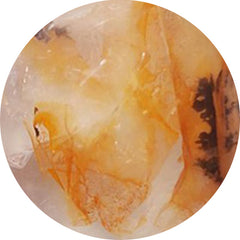
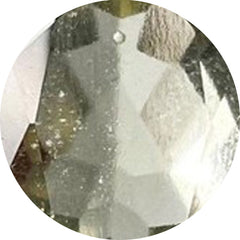
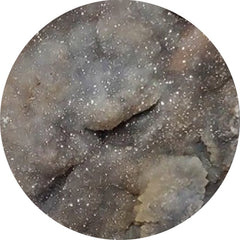
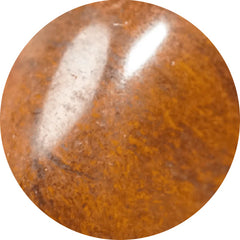
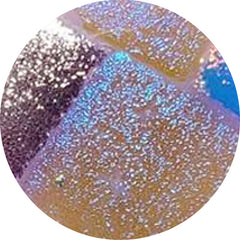

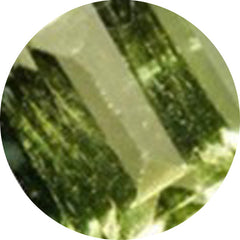
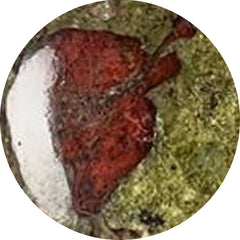
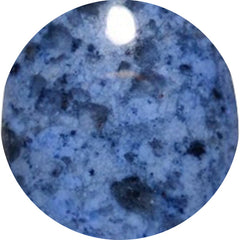

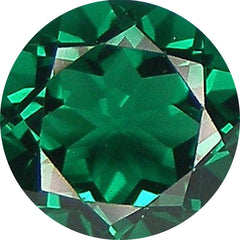
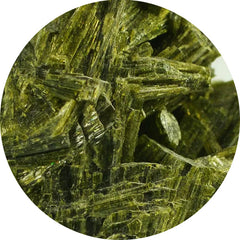
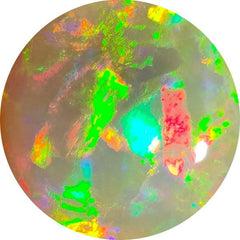
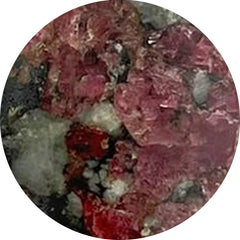
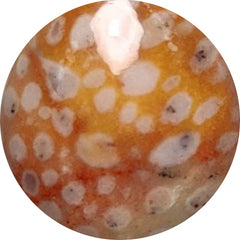
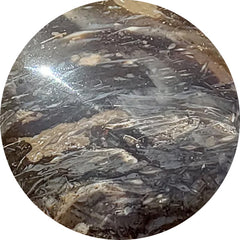
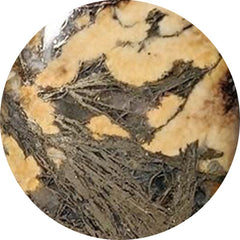


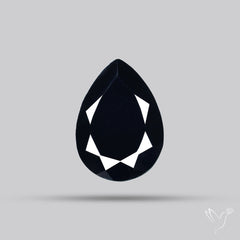
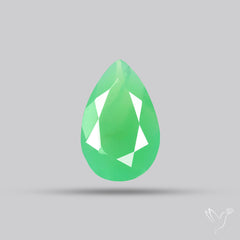




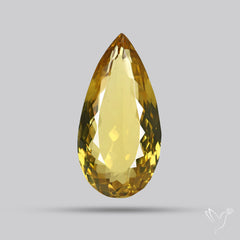



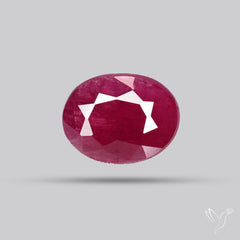


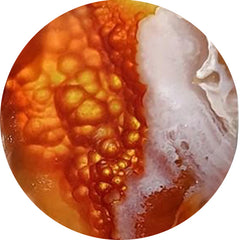
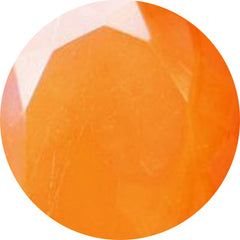
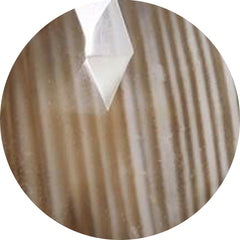
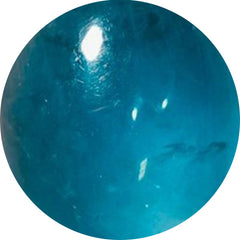
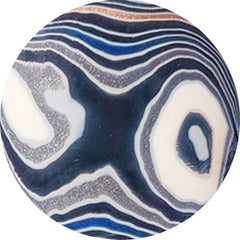
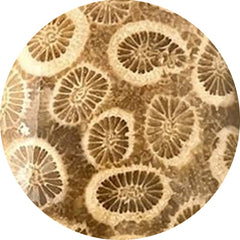
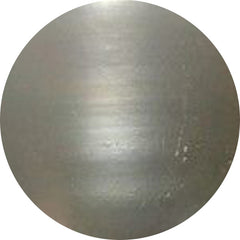
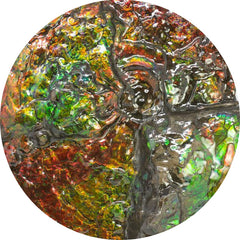
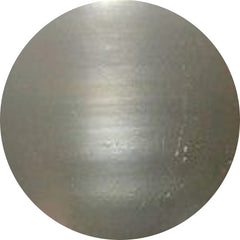
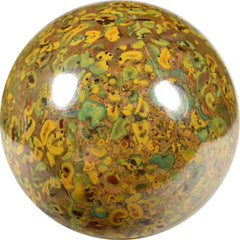
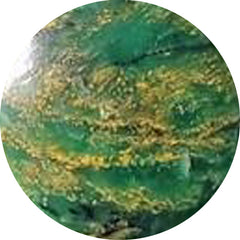
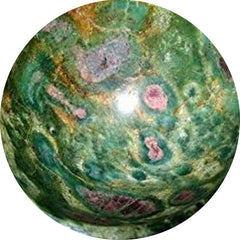
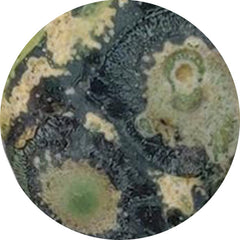

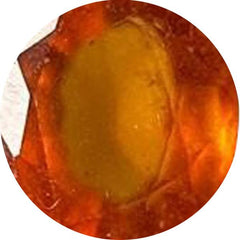
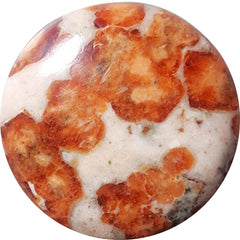
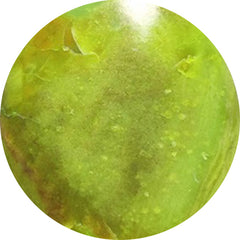
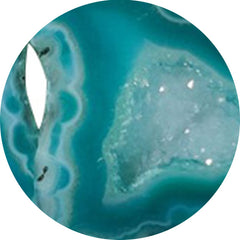
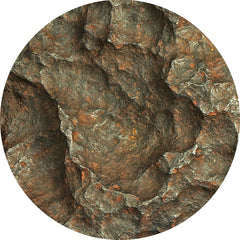

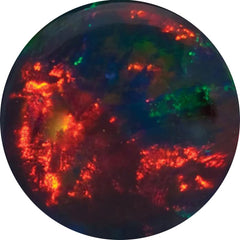
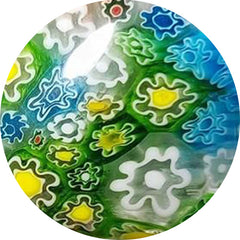

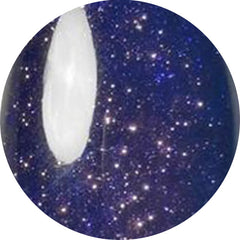
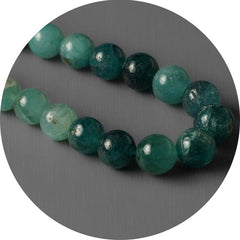
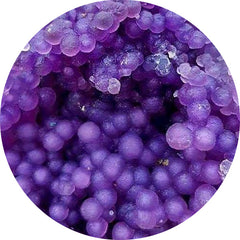
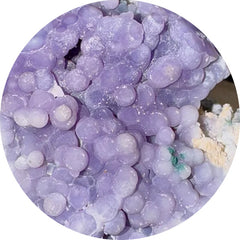
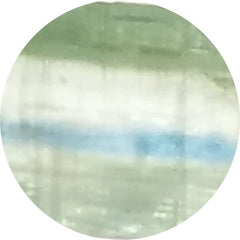
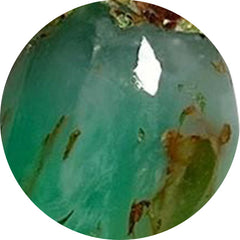

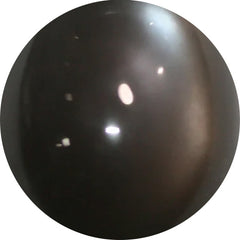
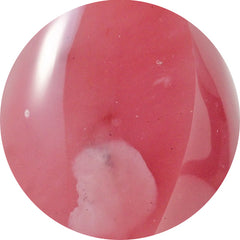
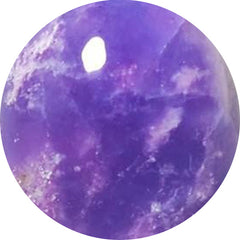

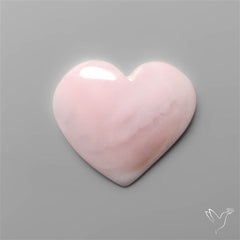
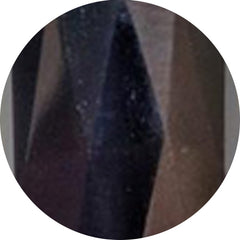
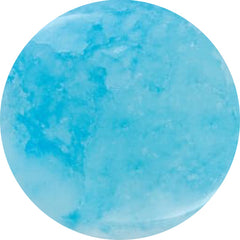
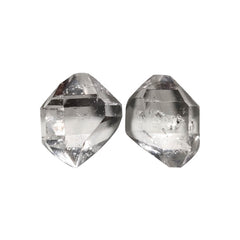
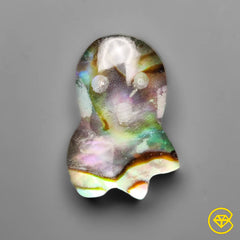
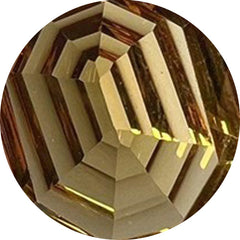
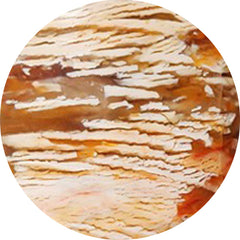
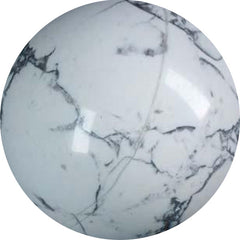
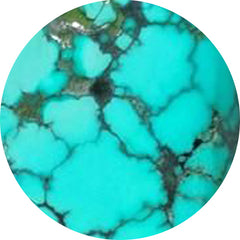
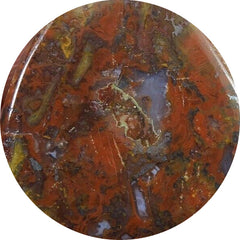
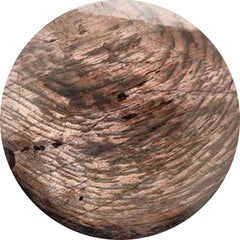

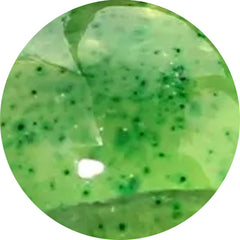
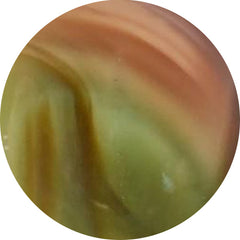
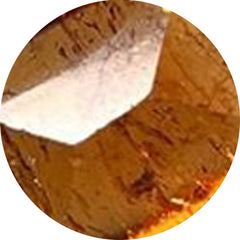

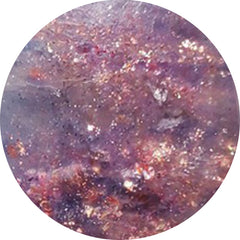
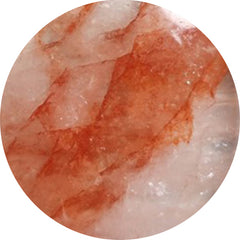
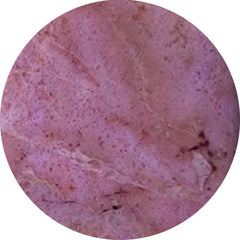
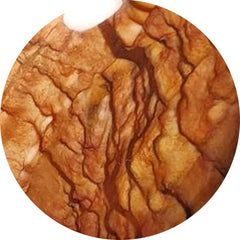
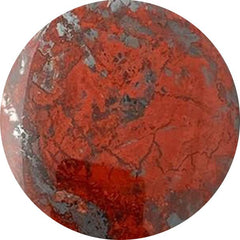
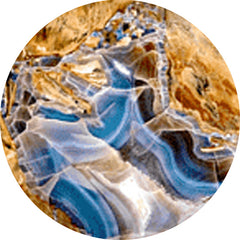
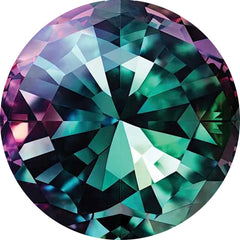
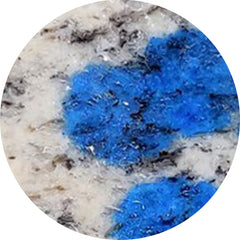
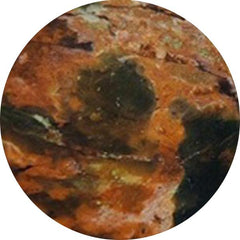
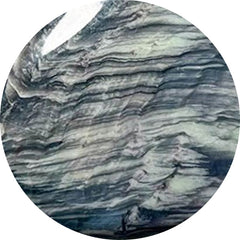
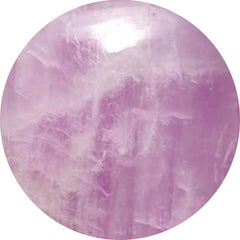
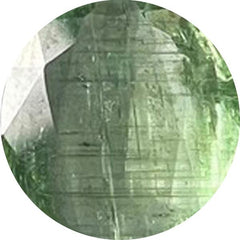
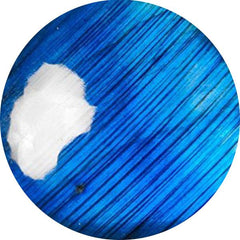
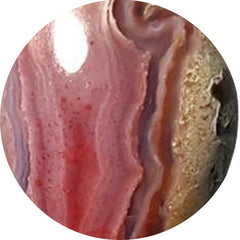
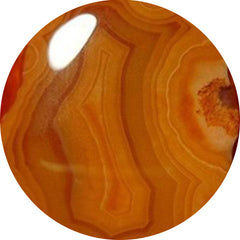

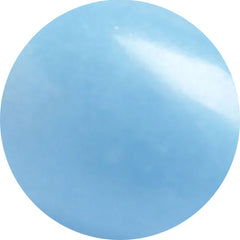
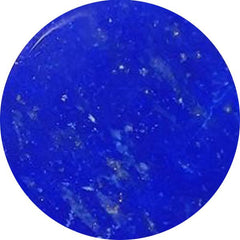
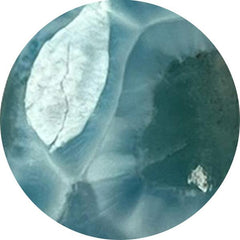
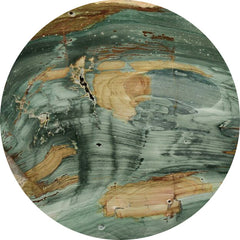
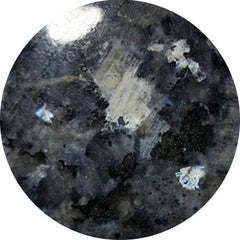
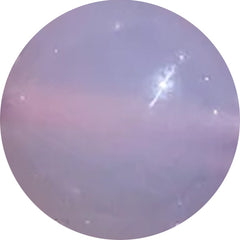
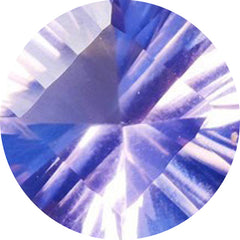
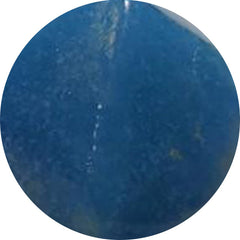
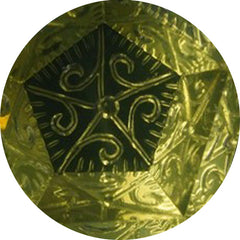
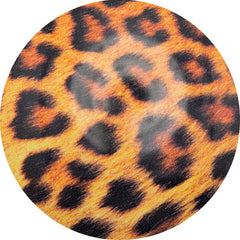
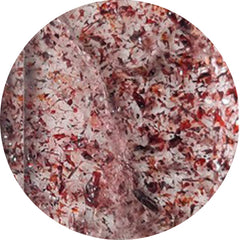
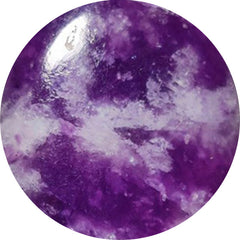
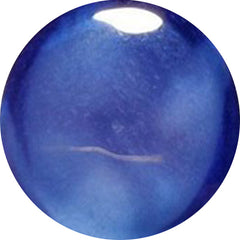
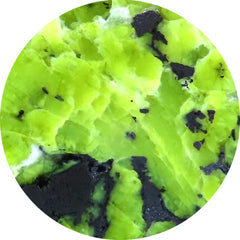
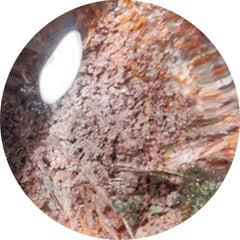

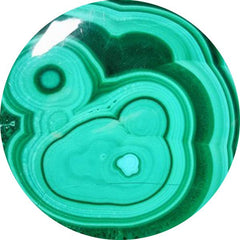
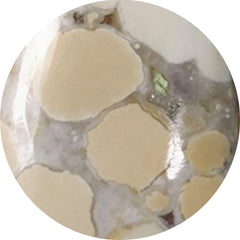
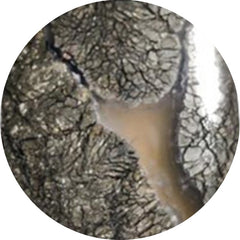
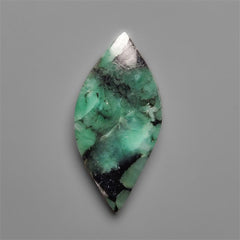
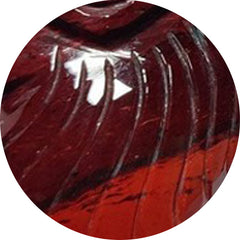
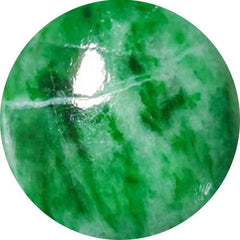
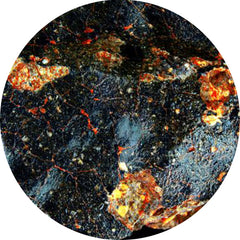

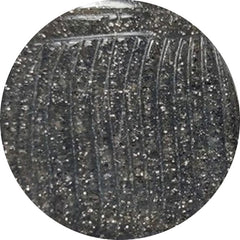
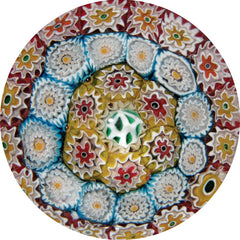

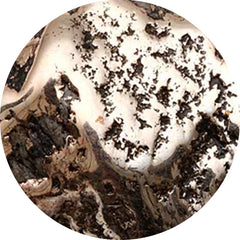
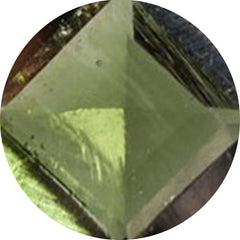
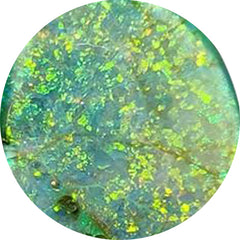
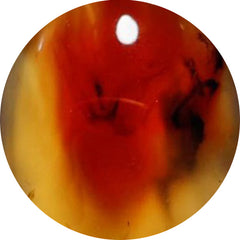
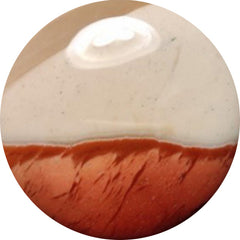
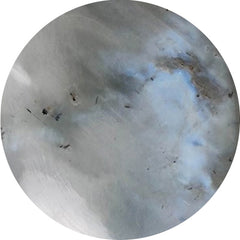


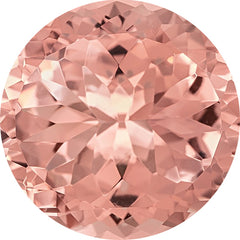
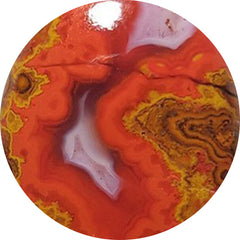
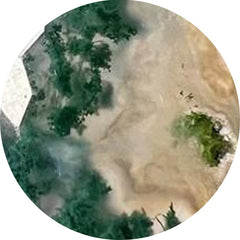
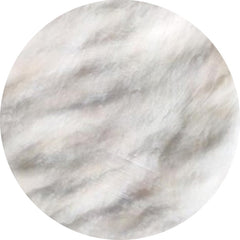
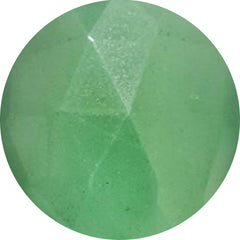
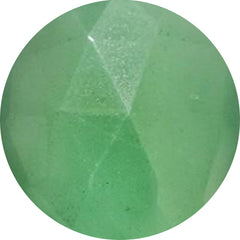
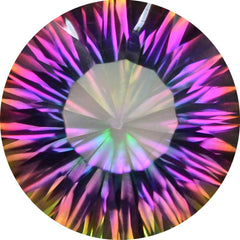

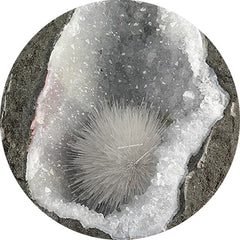
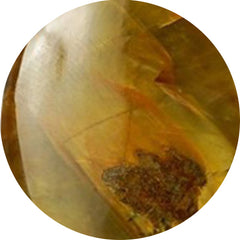
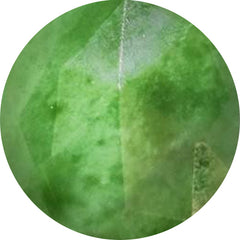
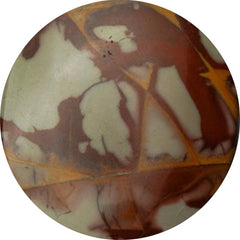
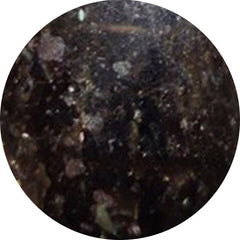
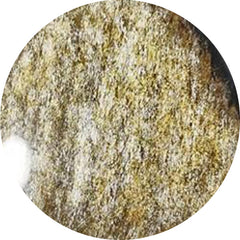
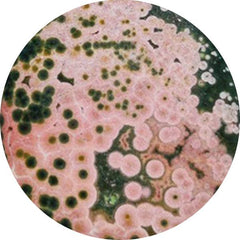
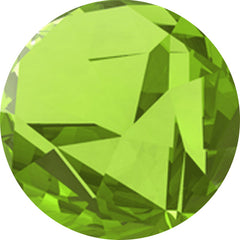
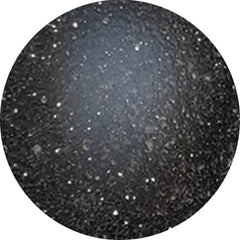
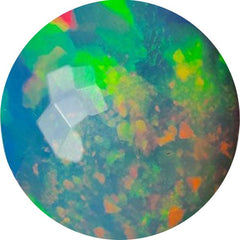
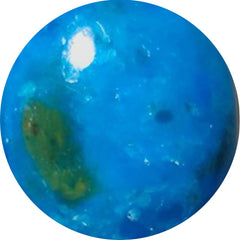
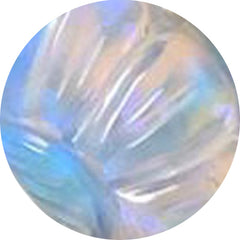
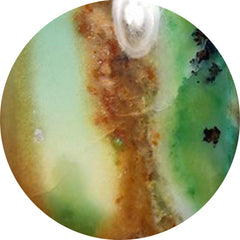
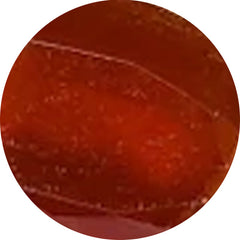
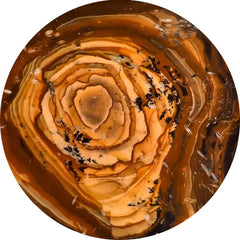
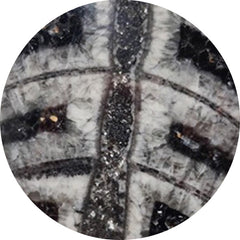
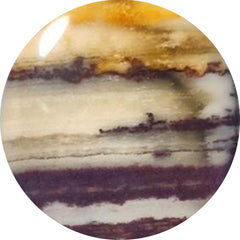
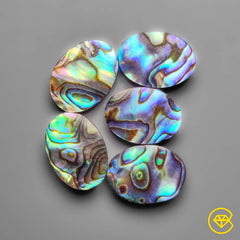
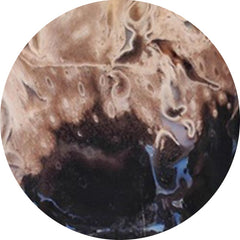
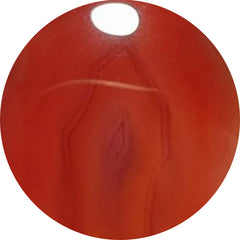
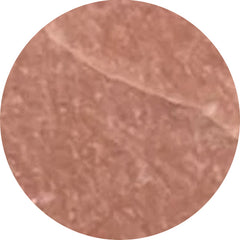
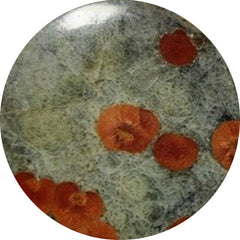
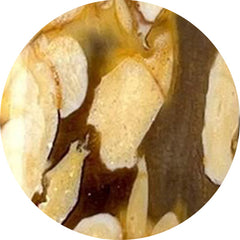
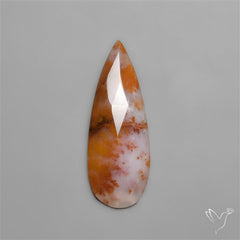
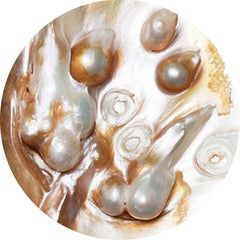
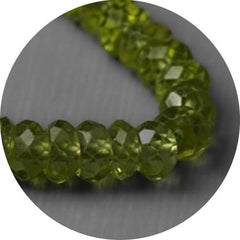
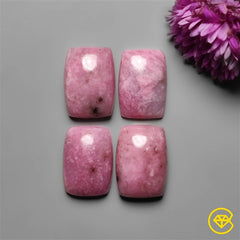
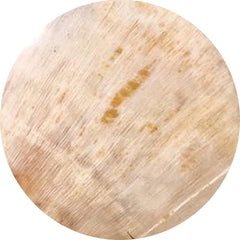
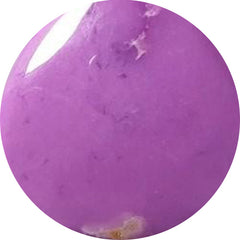
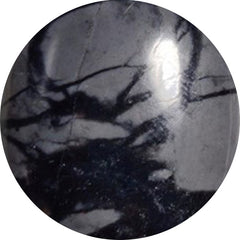
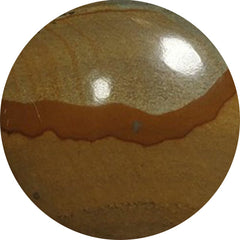
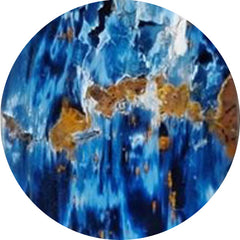
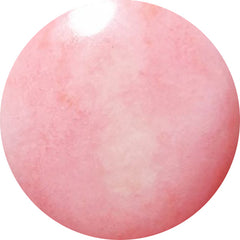


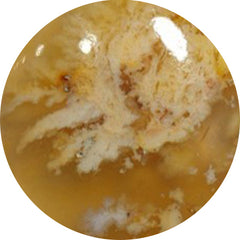
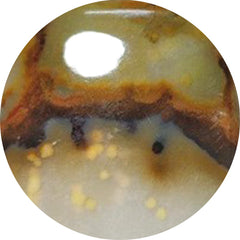
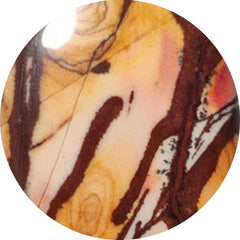
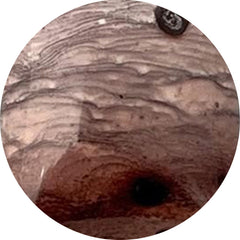
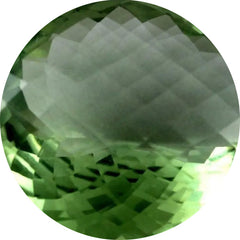
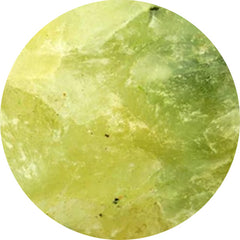
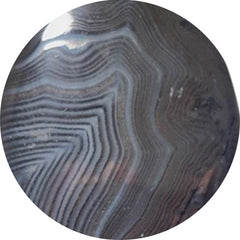
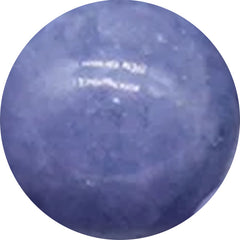
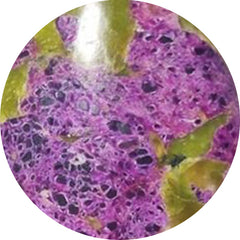
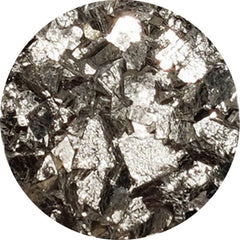
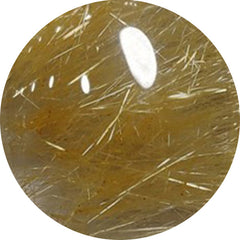
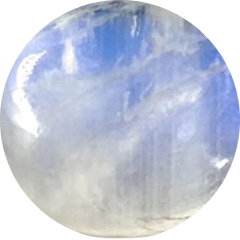
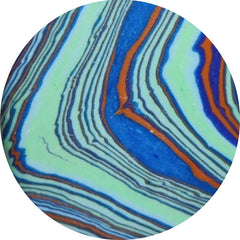
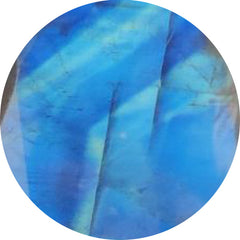

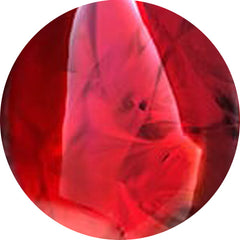
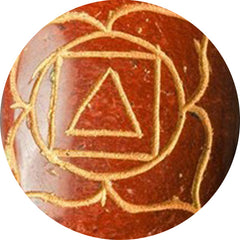

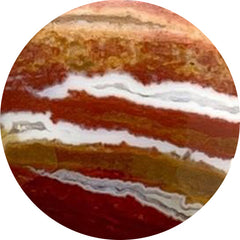
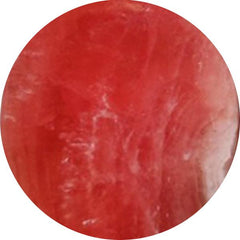
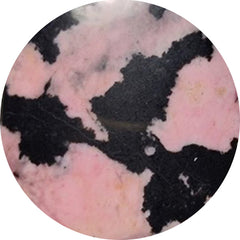
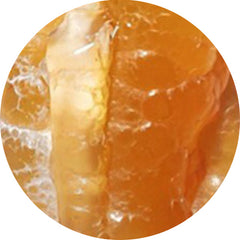
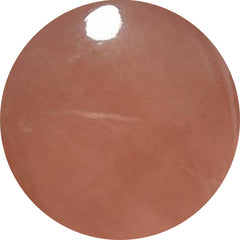
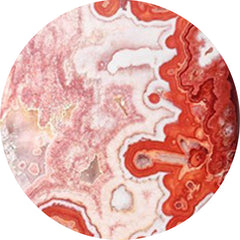
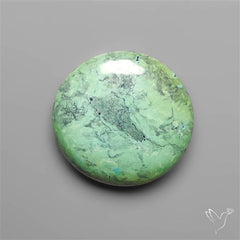


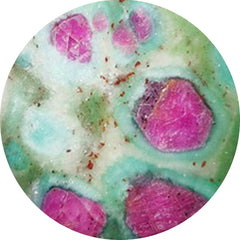
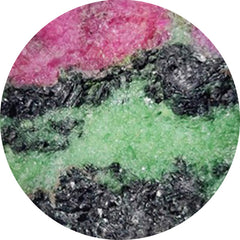
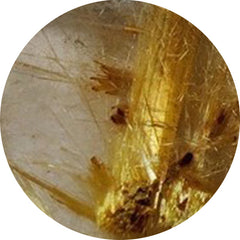

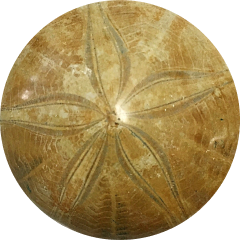
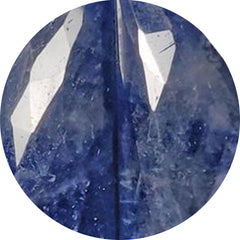
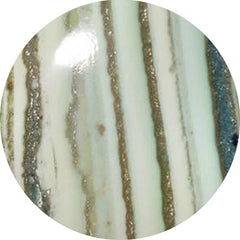
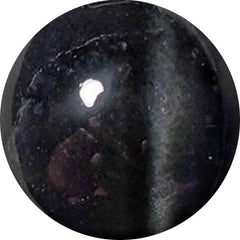
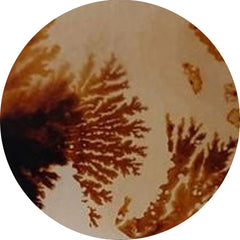
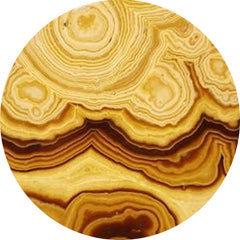
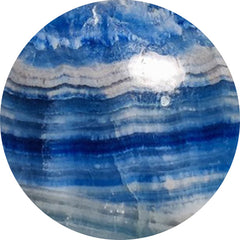
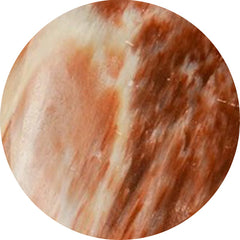
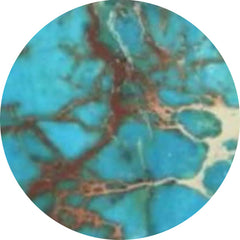

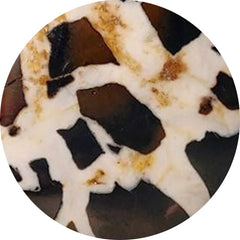
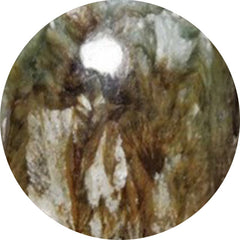

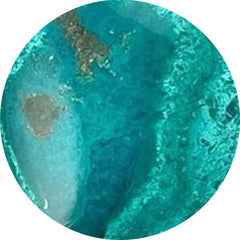
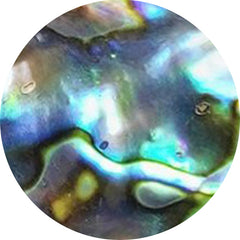
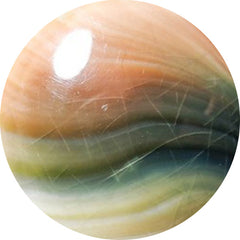
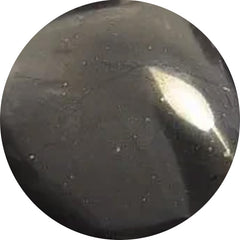
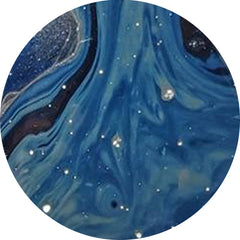
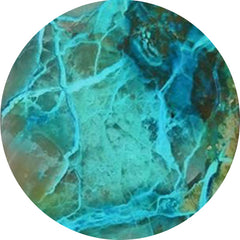
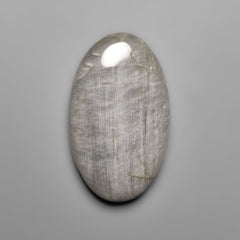

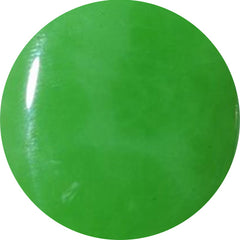
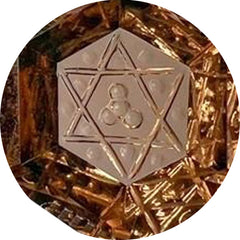
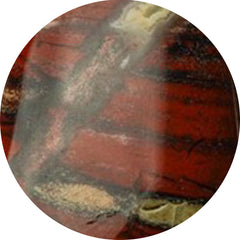
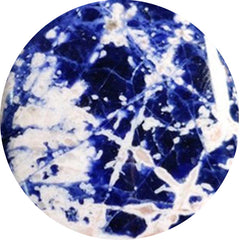
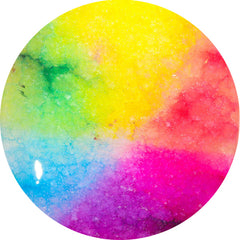
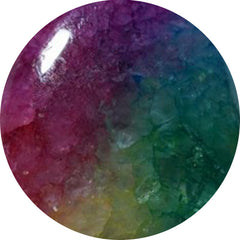
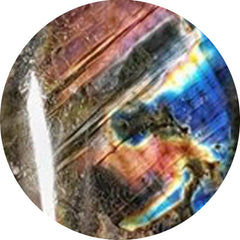
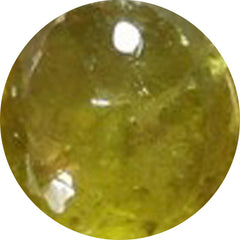
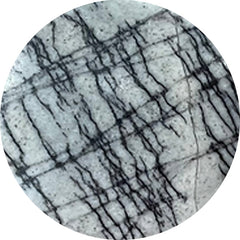
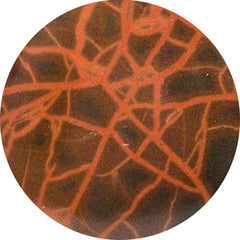
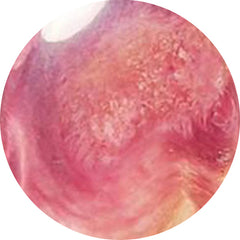
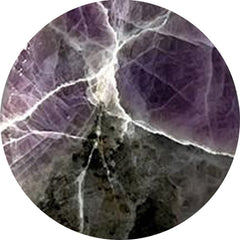
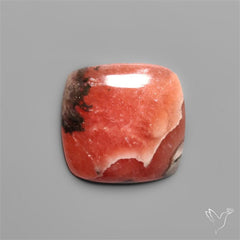

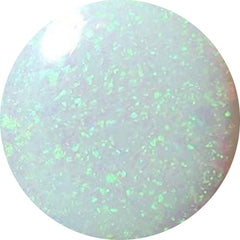

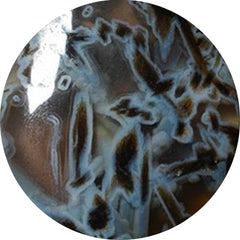
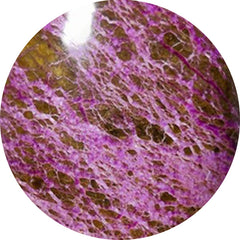
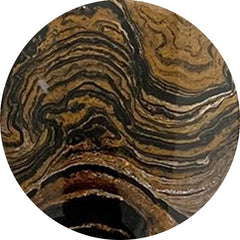
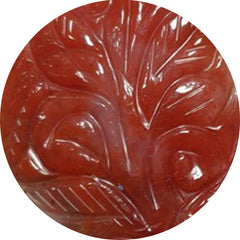
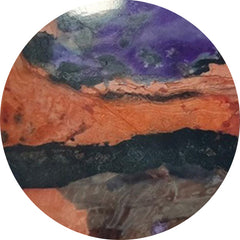
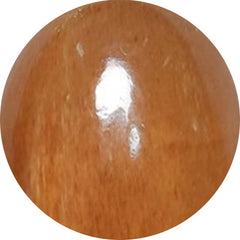
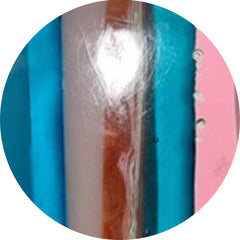

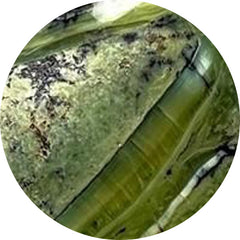
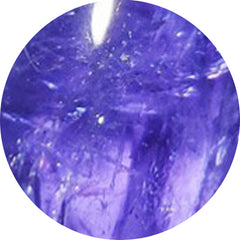
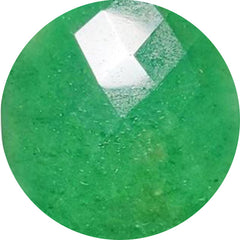
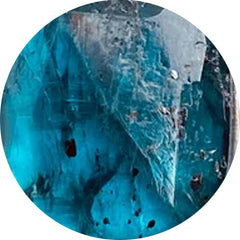
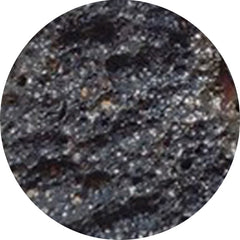
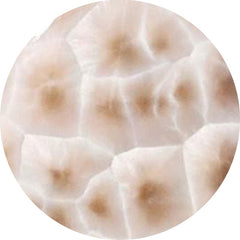
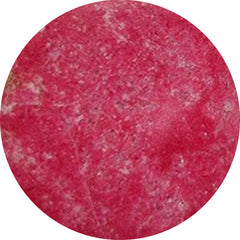
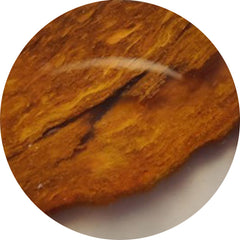
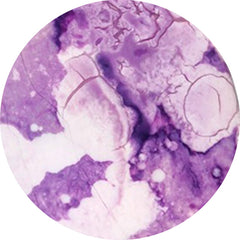
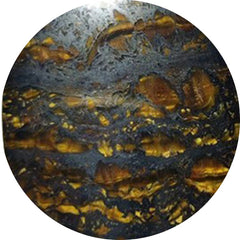
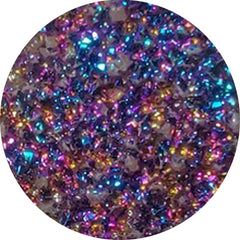
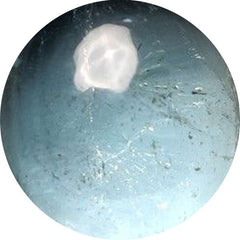

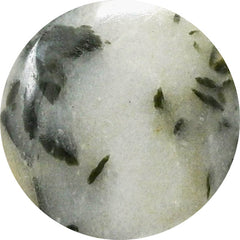
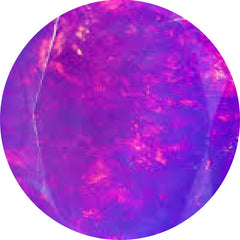
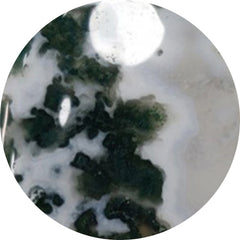
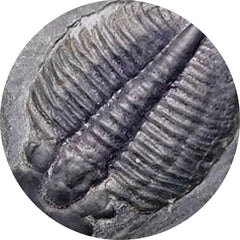
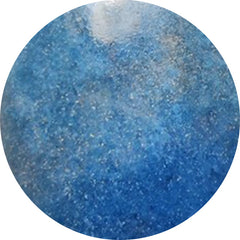
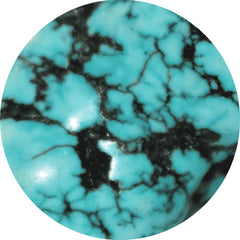
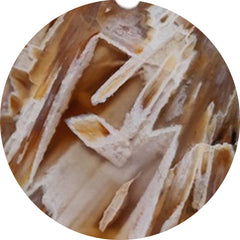
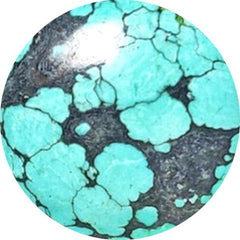
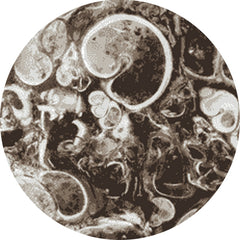
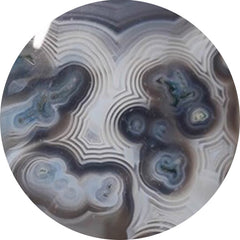
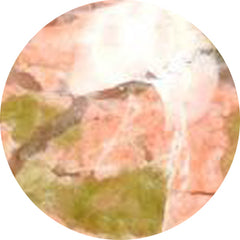
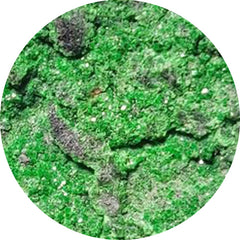
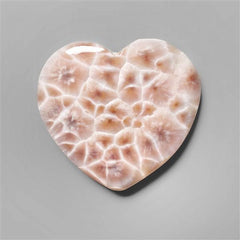
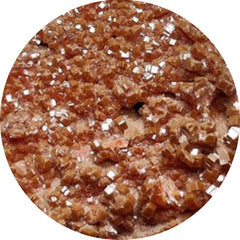
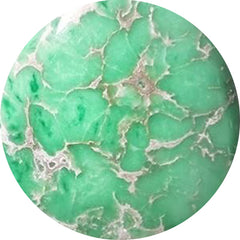
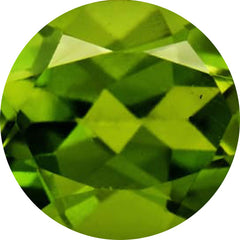
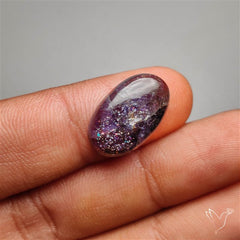

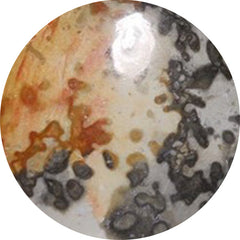
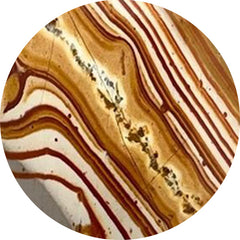
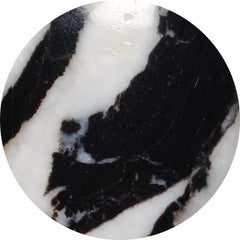
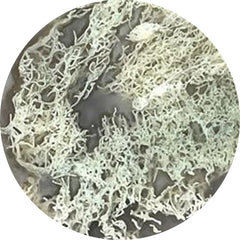
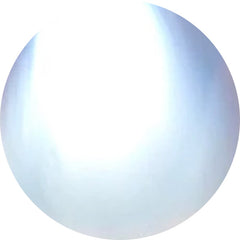
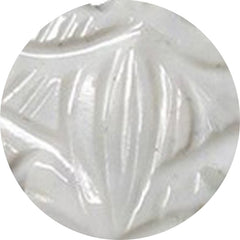
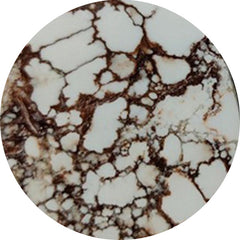
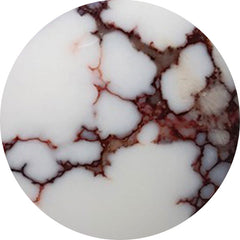


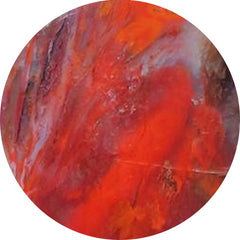
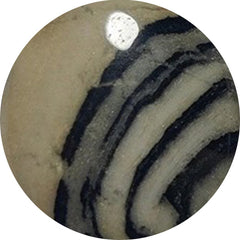
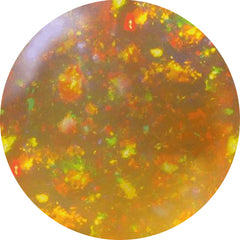

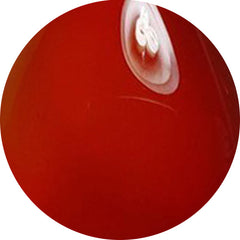
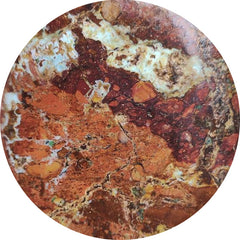
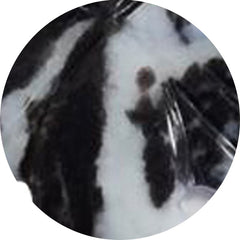

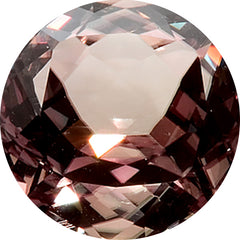






















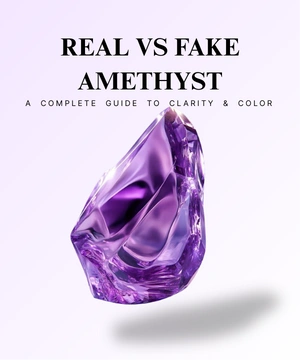
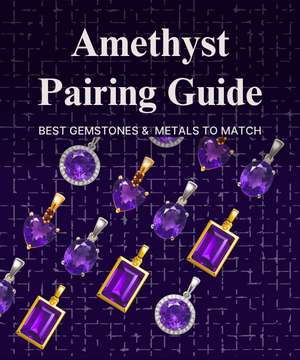
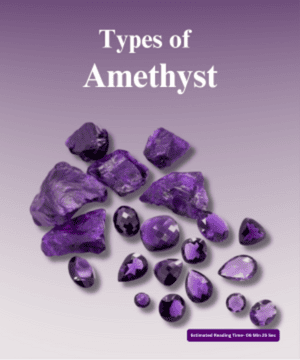










Leave a Comment